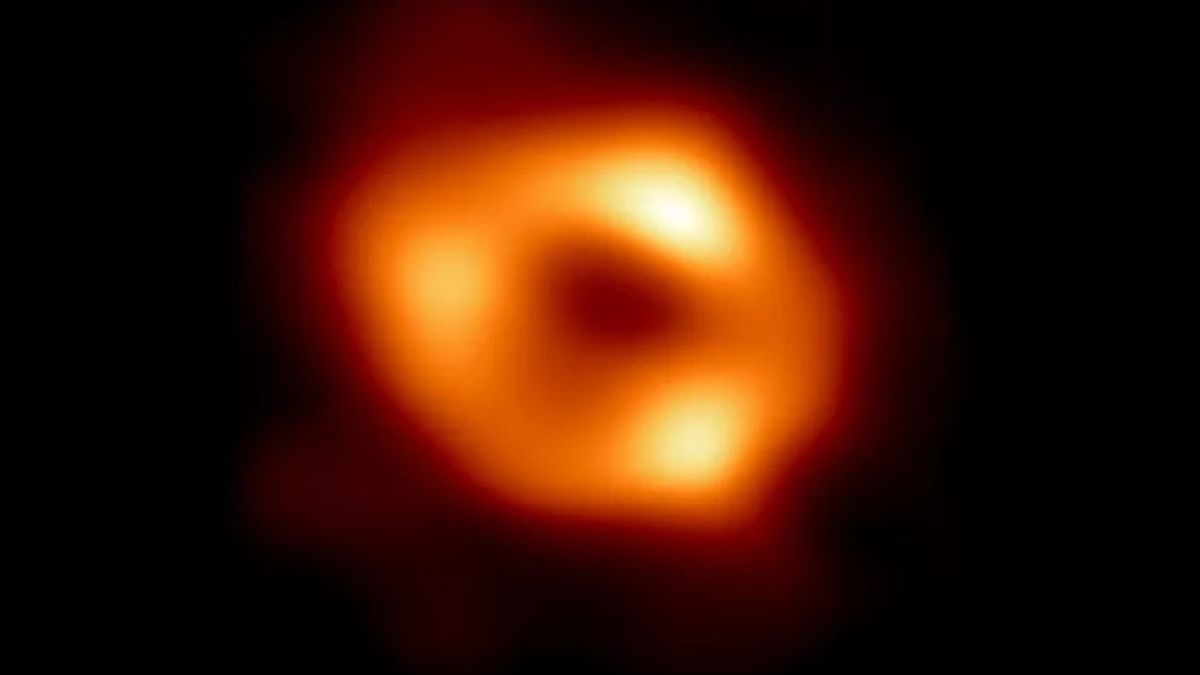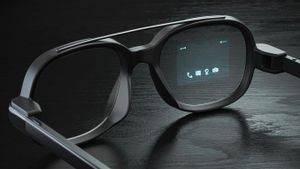JAKARTA - Scientists have released the first images of Sagittarius A*, the supermassive black hole at the center of our Milky Way galaxy.
This historic image of Sagittarius A* (or Sgr A* for short) comes from the Event Horizon Telescope, a series of planet-wide observatories best known for capturing the event horizon of the black hole at Messier 87 (M87) in 2019.
The image confirms the existence of a black hole and provides further details on how this extreme space object works. The Sgr A* bends all light around it, which is why it looks so much like the M87.
Taken in submillimeter radio waves, the image reveals there is indeed a black hole embedded in the heart of the Milky Way, eating whatever hydrogen gas is available.
This new black hole image is also a major technological breakthrough after years of trying to capture Sgr A*, which is much smaller than M87.
That makes it difficult to accurately visualize the gas whipping around the hole, as it orbits in minutes, whereas M87 gas takes days or even weeks.
Launching Engadget, Friday, May 13, meanwhile, the object is also very large with 4 million times larger than the Sun, its counterpart M87 billions of times larger.
Of course the scientists needed the Event Horizon Telescope's network of radio observatories to produce images over several nights. They developed new imaging tools, and used a mixture of supercomputer power (to analyze and compile data) and black hole simulations to help compare their findings.
The project took five years to complete, including 100 million hours of supercomputing time at the US National Science Foundation.
Finally, this image of a black hole helps humanity see the center of the galaxy, which is about 27,000 light-years away, as well as helps study black holes in general.
Now, astronomers can compare images of two different black holes to refine their model of how this supermassive example behaves.
A better understanding of the behavior of gases can shape an understanding of how galaxies form and evolve. The ring of light data are also in line with predictions based on the General Theory of Relativity. Scientists hope for more detailed images and videos of Sgr A* and other black holes in the near future.
The English, Chinese, Japanese, Arabic, and French versions are automatically generated by the AI. So there may still be inaccuracies in translating, please always see Indonesian as our main language. (system supported by DigitalSiber.id)











